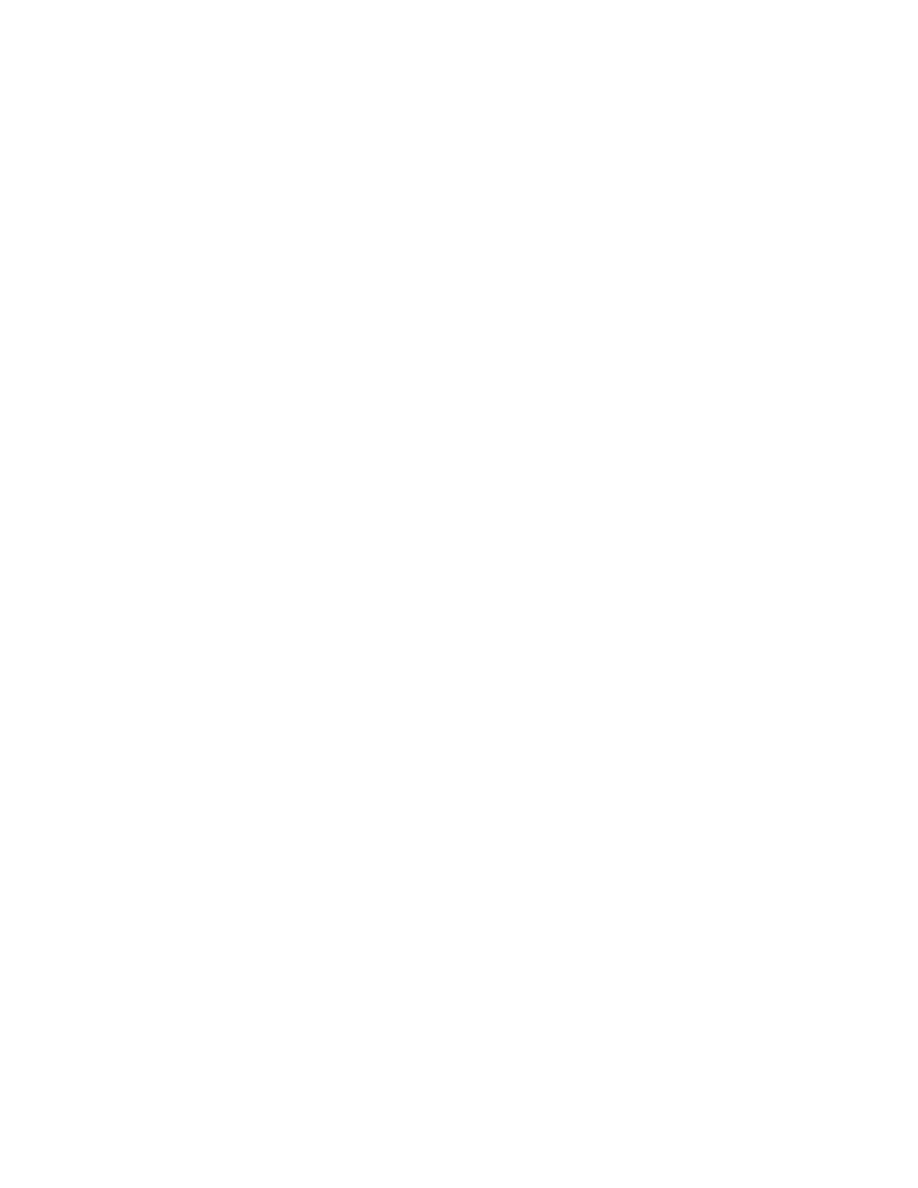Silverado Classic 2500 4WD V8-6.6L DSL Turbo (2007)

Fuel Pressure: Testing and Inspection
Fuel System Diagnosis - High Pressure Side
FUEL SYSTEM DIAGNOSIS - HIGH PRESSURE SIDE
DIAGNOSTIC INSTRUCTIONS
-
Perform the Diagnostic System Check - Vehicle prior to using this diagnostic procedure. See: Testing and Inspection/Initial Inspection and
Diagnostic Overview/Diagnostic System Check - Vehicle
-
Review Strategy Based Diagnosis for an overview of the diagnostic approach.
-
Diagnostic Procedure Instructions provides an overview of each diagnostic category.
CIRCUIT/SYSTEM DESCRIPTION
High Pressure System
The fuel injection pump at the front of the engine valley includes a fuel supply pump and a high-pressure pump. Fuel is drawn by the fuel supply pump
from the primary fuel tank and delivered to the high-pressure pump. The pump is engine-driven by the camshaft gear. High pressure fuel is regulated
by the fuel pressure regulator mounted on the fuel injection pump. From the high-pressure pump, the fuel moves to the left and right fuel rails through
high pressure metal lines. Each fuel rail distributes high pressure fuel to one bank of 4 fuel injectors. The fuel pressure relief valve is location on the
left rail, and relieves excessive fuel pressure which returns to the fuel tank.
Return System
The fuel return system routes fuel from the fuel injectors, the pressure relief valve, and the fuel injection pump. The return fuel travels to the fuel
cooler and then to the fuel tank. This fuel is used to cool and lubricate the injection pump and the injectors.
DIAGNOSTIC AIDS
-
The fuel return volumes vary based on the American Petroleum Institute (API) rating of the diesel fuel.
-
A fuel injector may have high fuel return flow only at higher engine temperatures.
CIRCUIT/SYSTEM VERIFICATION
With the engine running at idle the Actual Fuel Pressure should be close to the Desired Fuel Rail Pressure. During engine cranking the Actual Fuel
Pressure should be at least 10 MPa. Inspect the fuel return hoses and lines for external leaks or damage.
CIRCUIT/SYSTEM TESTING
IMPORTANT:
-
If you were not referred to this test from another diagnostic, do not perform this procedure. Only perform this test when the fuel is more
than 18°C (65°F).
-
Before replacing the fuel pressure relief valve, ensure that the break-away torque is within specifications. Refer to Fastener Tightening
Specifications.
1. Remove the fuel pressure relief valve return hose and plug the hose to prevent fuel leakage.
2. Install a section of rubber fuel hose on the fuel pressure relief valve connection and place loose end of hose into a clean fuel container.
-
IMPORTANT: Fuel that is contaminated with gasoline may cause permanent damage to the fuel pressure relief valve. Refer to
Contaminants-in-Fuel Diagnosis. See: Computers and Control Systems/Testing and Inspection/Component Tests and General
Diagnostics/Contaminants-in-Fuel Diagnosis
If the engine cranks but does not start, crank engine for 15 seconds. Observe for fuel leaking from fuel pressure relief valve.
-
If fuel leaks from the fuel pressure relief valve, replace the pressure relief valve.
-
If the engine starts and runs, idle the engine while commanding the fuel rail pressure to 180 MPa with a scan tool. Observe for fuel leaking
from fuel pressure relief valve.
-
If fuel leaks from the fuel pressure relief valve, replace the pressure relief valve.
3. IMPORTANT: Always replace the fuel return hose retaining clips on the fuel injectors with new clips after removing.
Remove the fuel return hose from the fuel injectors of the right cylinder bank.
4. Connect the yellow hoses from the J 45873 to the J-45873-30.
5. Connect the J-45873-30 with yellow hoses to each fuel injector return port of the right cylinder bank, and install the retaining clips.
6. Install the 4 yellow hoses in the J 45873 graduated cylinders in numerical order.
7. Connect the fuel return hoses to the J-45873-30 to prevent leakage.
-
If the engine starts and runs, idle the engine until fuel start dripping into all the graduated cylinders and yellow hoses are full of fuel.
-
IMPORTANT: The engine cranking speed must be more than 150 RPM during the cranking portion of this test.
